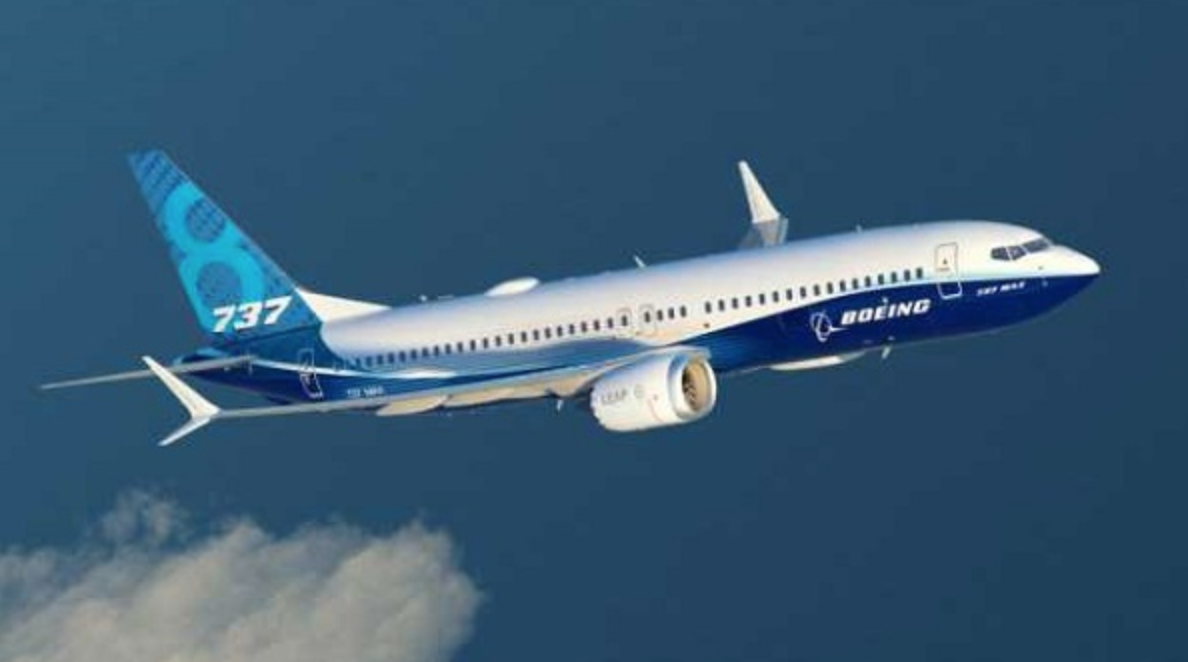Although air travel is typically one of the safest ways to travel, when accidents happen they are often deadly. According to the Aviation Safety Network, 2012 was the safest for the airline industry, with only 23 deadly accidents and 475 fatalities worldwide. However, 2013 may not prove to be as safe. On August 14, 2013, the pilot and co-pilot of a large UPS cargo plane were killed when the plane crashed and burst into flames during its approach to the airport Birmingham, Alabama. Response teams with the U.S. National Transportation Safety Board (NTSB) were immediately called to the scene. According to the NTSB, a flight recorder revealed that the pilots received warnings about their rate of descent just seconds before impact.
At the time of the crash, the plane was being flown by the captain, who had 8,600 hours of flight experience, including 3,200 hours in an A300, the type of plane involved in the crash. Notably, the pilots were attempting a landing on Runway 18, which can be a tricky runway, even for the most experienced pilots. Due to the fact that there is a large hill and trees at one end of the runway, the runway lacks the electronics for a full instrument landing, which forces pilots to make judgments about altitude on a shorter runway. In addition, fatigue could have also played a role in the accident. Preliminary information indicates that the pilots began working at 9:30 p.m. in Rockford, Illinois the night before the crash. At the time of the crash shortly before 5:00 a.m. local time, the pilots were completing their third flight of the night.
This crash comes in the wake of several other plane crashes in the United States over the past several months. On July 6, 2013, three people were killed, and 180 injured when Asiana Airline Flight 214 clipped the seawall on the runway at San Francisco International Airport. Notably, one of three individuals killed survived the plane crash only to be run over by a rescue vehicle in the aftermath of the crash. On August 12, 2013, Asiana Airlines revealed that it is paying $10,000 to each of the passengers aboard Flight 214, exclusive of medical compensation. Even those individuals who were not injured can receive the money, and those passengers who collect money can still file lawsuits against the airline.
Continue reading →

 Texas Injury Lawyers Blog
Texas Injury Lawyers Blog





